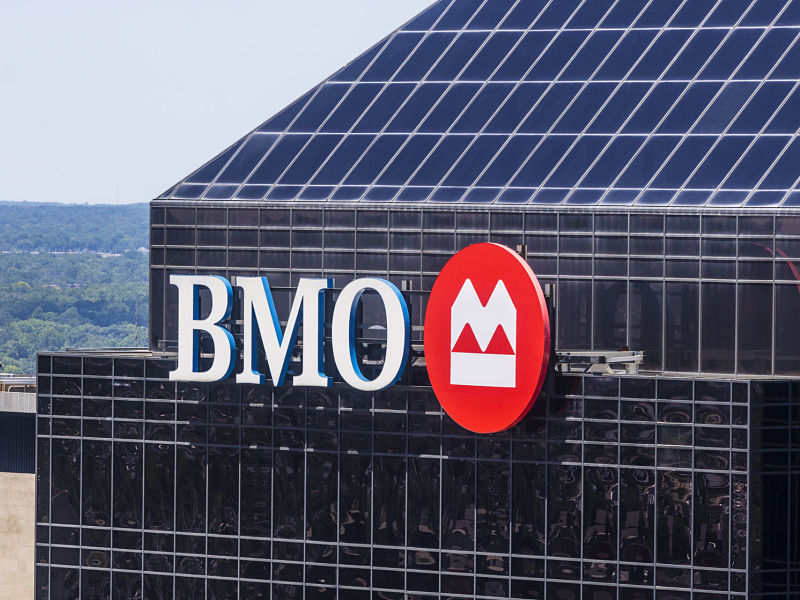
Bank of Montreal has merged BMO Private Banking and BMO Nesbitt Burns Inc. under BMO Private Wealth Canada and Asia. The implications of the merger, however, are unclear.
Despite issuing a media announcement last month about the new private wealth company, BMO is not speaking publicly about the merger, the reasons for the merger, or the implications for investors.
BMO declined to comment on this story.
In its release, the financial services giant indicated that, with the creation of the new company, BMO is moving closer to achieving its goal of being what it describes as “clients’ trusted advisor for all financial decisions that impact their lives.”
Joanna Rotenberg, group head, BMO Wealth Management in Toronto, said in the release: “We are staying ahead of clients’ evolving needs, and delivering best in class advice for high net-worth families – providing an integrated, team-based experience in a range of specialized areas.”
Although the merger is intended to enhance client service, the new company will be invisible to investors. According to BMO’s statement, the BMO Private Banking and BMO Nesbitt Burns brands will continue to be used for clients.
Peter Merrick, an income and capital enhancement consultant based in Toronto, sees the creation of BMO’s new company as business as usual in the financial services sector. “This is the family office model,” he said. “It’s about controlling distribution. It’s happening throughout the industry.”
The family office model focuses on serving high-net-worth investors by offering a total outsourced solution to managing the financial and investment side of an affluent individual or family. According to the Boston Consulting Group, a global management consulting firm with offices in Toronto and Montreal, a family office model can be a powerful tool to meet the financial needs of the wealthy.
This approach can deliver customized services in such areas as investment, tax, estates, trusts, and lifestyle management. With sufficient scale and expertise, a family office can also access lower investment fees, provide greater customization than that of many wealth managers, and make direct investments into private equity and hard assets, Boston Consulting noted in its article “Designing the Family Office in a New Era of Private Wealth.”
Clients will benefit from the dual expertise BMO’s new company brings to wealth management, BMO stated in its release. “Our BMO Private Banking and BMO Nesbitt Burns teams each have deep advisory expertise, and are driven by a focus on clients. Bringing the best of both teams’ capabilities will provide clients with even greater outcomes,” stated Andrew Auerbach, who is leading BMO Private Wealth Canada and Asia.
BMO is not alone in its efforts to enhance services to clients, especially wealthy clients, notes Merrick, a certified financial planner and author of The TASK: The Trusted Advisor’s Survival Kit. “Everybody is trying to offer additional services. As the world becomes more global, these strategic alliances are more important. It’s about being offensive.”
Indeed, Canada’s banking sector has been adept at serving as investor concierges, offering up services as required via a network of branches, brokers and other professionals. Their size and scope offers a significant competitive advantage.
Realigning enterprises is second nature to BMO. In 2006, it created BMO Capital Markets by uniting the BMO Nesbitt Burns and Harris Nesbitt brands in Canada and the U.S. under what it called “one single brand.” According to the new brand’s CEO at the time, Yvan Bourdeau, the consolidation sent the message that BMO can deliver a full suite of wholesale products and services that define a leading universal investment bank.
More recently, BMO announced a consolidation to reach another lucrative market. Last August, it launched its U.S. Power, Utilities and Infrastructure Investment and Corporate Banking group. According to BMO, the publicly traded power and utilities sector represents a global market capitalization of more than US$3.5 trillion. In addition, global infrastructure funds have an estimated US$500 billion of assets under management dedicated to the infrastructure sector alone.